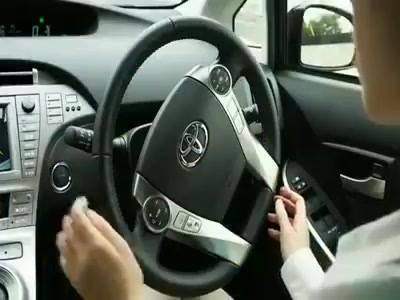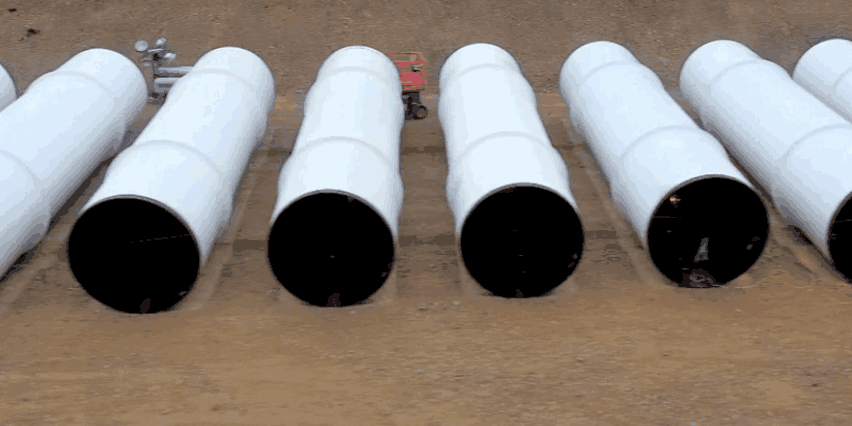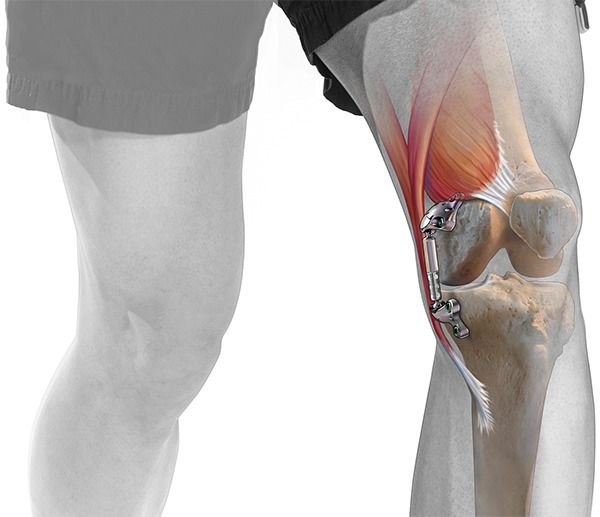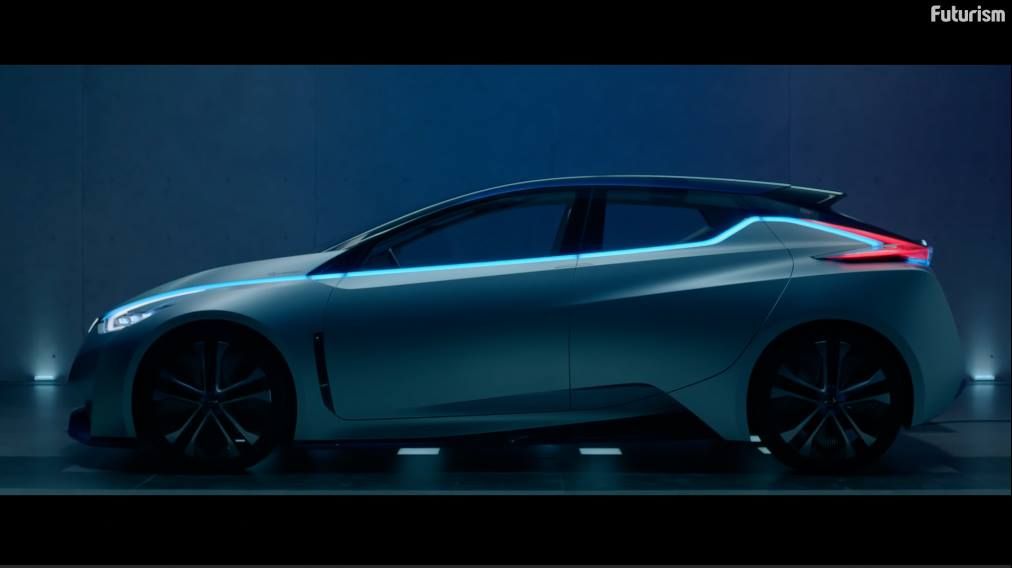Category: transportation – Page 595
Imagine if your clothing could, on demand, release just enough heat to keep you warm and cozy, allowing you to dial back on your thermostat settings and stay comfortable in a cooler room. Or, picture a car windshield that stores the sun’s energy and then releases it as a burst of heat to melt away a layer of ice.
According to a team of researchers at MIT, both scenarios may be possible before long, thanks to a new material that can store solar energy during the day and release it later as heat, whenever it’s needed. This transparent polymer film could be applied to many different surfaces, such as window glass or clothing.
Although the sun is a virtually inexhaustible source of energy, it’s only available about half the time we need it—during daylight. For the sun to become a major power provider for human needs, there has to be an efficient way to save it up for use during nighttime and stormy days. Most such efforts have focused on storing and recovering solar energy in the form of electricity, but the new finding could provide a highly efficient method for storing the sun’s energy through a chemical reaction and releasing it later as heat.
Researchers reveal a new mechanism to create hydrogen fuel that could power environmentally clean cars.
When will autonomous cars actually be on our roads? It seems that the date is far closer than anticipated.
Elon Musk’s vision of the Hyperloop — a lightning-fast transportation system that would shuttle passengers at speeds nearing 700-mph using low pressure tubes and air compressors — is slowly coming to fruition in the Nevada desert.
In fact, the first ever Hyperloop tubes are neatly lined up in a ditch, waiting to be assembled and then later tested by Hyperloop Technologies at a site in North Las Vegas.
Moximed, a firm with offices in Hayward, California and Zurich, Switzerland, recently won the European CE Mark to introduce its Atlas Knee System. We just got hold of photos of the Atlas and more information on how it works. The device is a knee joint unloader designed to reduce the pressure applied to the joint and to push off the eventual need for a knee replacement. The device works like the shock absorbers in your car, but instead for the knee. It results in less damage to the cartilage within the knee, letting it last longer than it would naturally without the support of the Atlas.
The company hopes the device will allow patients to maintain an active lifestyle they’re used to while improving satisfaction, reducing repeat surgeries, and lowering pain.
From the announcement:
The Osterhout Design Group, which has been making high-end night-vision goggles for years, has begun shipping its R-7 augmented reality glasses for enterprise applications. The $2,750 smartglasses are a sign of things to come, as the company eventually hopes to bring the technology to the masses at consumer prices.
Augmented reality is expected to become a $150 billion market by 2020, according to tech advisor Digi-Capital. But first, it has to become cheaper, lighter, and otherwise more practical. The R-7 represents ODG’s best trade-off between capability and cost. The company is showing the R-7 at the 2016 International CES, the big tech trade show in Las Vegas this week.
The ODG R-7 shows heads-up display images on the inside of the lenses, so you can see stereoscopic 3D or other animated imagery on top of objects in the real world. The company is targeting applications in health care, energy, transportation, warehouse, logistics, and government.
The Wi-Fi Alliance branded its next-generation 802.11ah wireless protocol as Wi-Fi HaLow. It is targeted at the Internet of Things (IoT), which includes the smart home, connected car, and digital healthcare, as well as industrial, retail, agriculture, and smart-city environments. Unlike the older and more familiar 802.11 protocols, which mostly use the 2.4 or 5GHz bands, 802.11ah is a sub-gigahertz protocol that uses the 900MHz band. It has an enviable combination of characteristics.
This futuristic autonomous car can communicate with its surroundings, and it charges as it drives…







